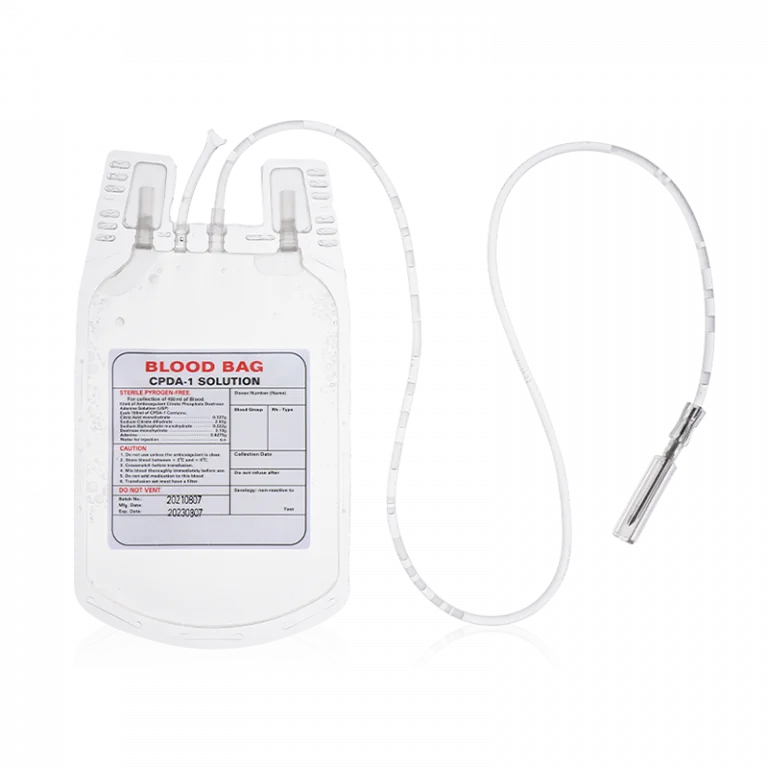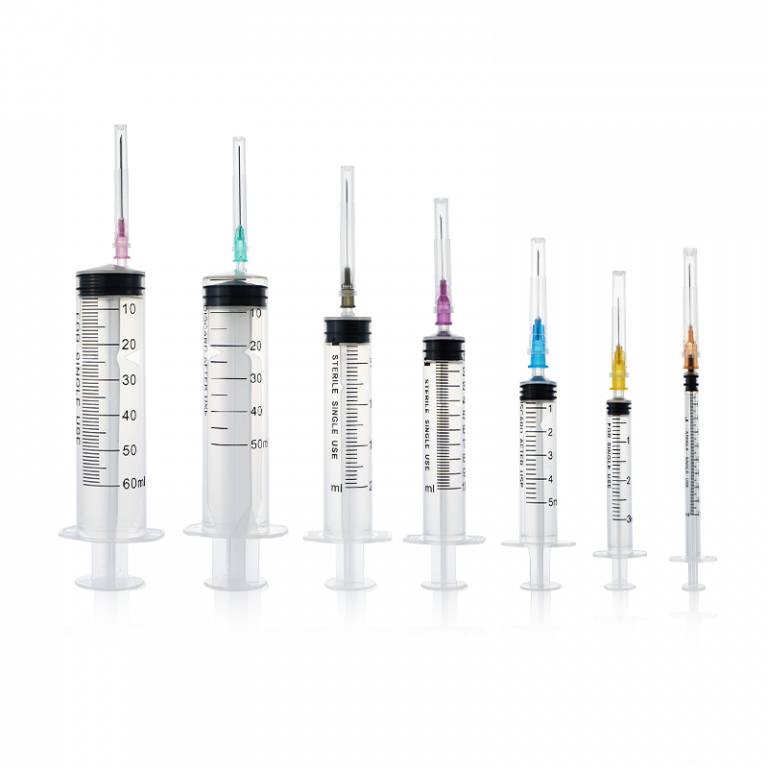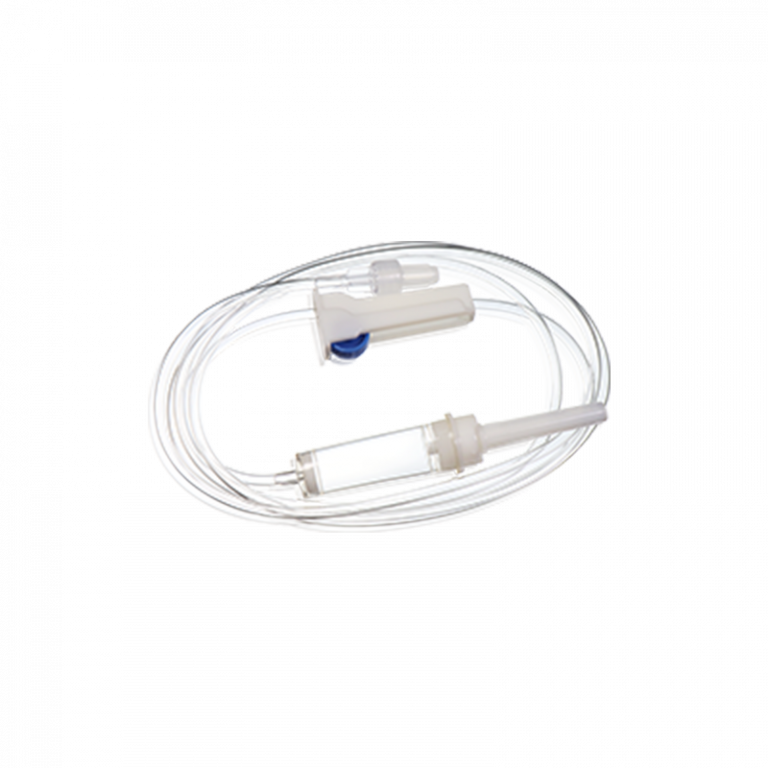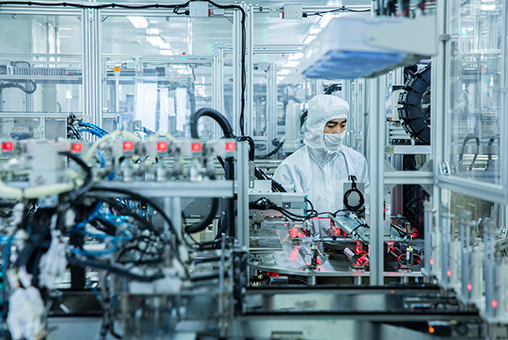Blood gas analysis refers to the measurement process of blood pH, oxygen, and carbon dioxide levels to assess the body’s respiratory function and the acid-base balance. Arterial blood is usually used as the specimen. It’s crucial in the diagnosis of diseases such as respiratory failure, asthma, and shock.
Blood gas syringes are specialized tools used to collect arterial blood samples. High-quality blood gas syringes are critical to the impact of blood gas analysis as they prevent gas permeation, avoid sample dilution and hemolysis, and thus avoid measurement errors.
This article will explore the principles, advantages, steps, precautions, and applications of using blood gas syringes. Read on to learn more.
What to Know About Blood Gas Syringes?
Blood gas syringes usually consist of a well-sealed syringe and a blood gas needle. The syringe may be pre-loaded with anticoagulants (such as heparin) to prevent blood clotting. The collected arterial blood samples will be analyzed in blood gas analyzers to guide clinical treatment.
1. Advantages of Blood Gas Syringes
High-quality arterial blood gas syringes bring multiple advantages to clinical blood gas analysis:
- Accuracy
The well-sealed syringe blood gas ensures that internal air is completely discharged and prevents external air from entering. Pre-loaded solid calcium-balanced heparin lithium prevents blood clotting, sample dilution, or hemolysis, ensuring accurate results.
- Pollution Prevention
Disposable arterial blood gas syringes are effective in avoiding the risk of cross-infection. Well-sealed syringes also protect medical personnel by preventing sample leakage.
- Easy to Operate
Blood gas syringes simplify the process compared to common syringes, allowing medical personnel to quickly and accurately finish arterial blood gas collection.
- Cost-effective
In addition to providing accurate test results to save time and cost, higher puncture success rates can improve patient satisfaction. In addition, arterial blood gas collection is relatively inexpensive and more popular with patients.
2. How to Use Blood Gas Syringes?
First, the piston position of the arterial blood gas needle was pulled to the 1.6 ml (pre-set) for arterial puncture. Second, wait for the blood to fill to 1.6 ml and pull out the needle. Then, tell the patient to press the puncture site for at least 5 minutes. Third, insert the needle into the needle seal. Fourth, unscrew the needle with the seal and discard it, then cap it with the cone-head seal. Finally, place the arterial blood sample in the palm and rub it for at least one minute, then immediately send it to the laboratory for testing.
3. Precautions for Using Blood Gas Syringes
When using arterial blood gas syringes, there are several important things to keep in mind to ensure sample accuracy and reduce the risk of complications:
- Prevent Common Complications
Nervousness, anxiety, or other stimuli before blood collection may cause arterial spasms. If the puncture is unsuccessful, it’s necessary to stop the puncture and apply hot compresses to the local vessel, then re-puncture when the spasm resolves.
Repeated punctures or inadequate compression during blood collection may result in hematoma. Therefore, promptly pressing the puncture site is needed after blood collection to reduce local bleeding.
In addition, to prevent infection, the puncture point should be strictly sterilized before blood collection. Maintain aseptic operation during blood collection and use disposable syringes to avoid cross-infection.
- Factors Affecting the Blood Gas Analysis Results
Improper blood collection procedures, air bubbles in the syringe, and improper handling of the specimen after blood collection can all lead to biased blood gas analysis results.
Therefore, strict adherence to the blood collection procedure and sending the specimen for testing as soon as possible after blood collection will ensure the accuracy and reliability of the analysis results to the greatest extent.
Clinical Application of Blood Gas Syringes
The results of blood gas analysis are an important basis for diagnosing many clinical diseases. It can be used for:
1. Emergency Treatment for Critically Ill Patients
In the process of critical illness treatment, acid-base imbalance and hypoxemia are two common clinical complications. Timely diagnosis and correction of the situation are of great significance for critically ill patients.
2. Respiratory System Diseases
In respiratory diseases, blood gas analysis can be used to assess a patient’s oxygenation capacity. For example, it can be used to detect respiratory failure and chronic obstructive pulmonary disease.
3. Circulatory System Diseases
For circulatory disorders, blood gas analysis helps to assess the heart and circulation, determining whether there are serious complications, such as shock and heart failure.
4. Metabolic Disorders
Blood gas analysis can detect metabolic acidosis or alkalosis, such as diabetic ketoacidosis (DKA) or lactic acidosis. It helps doctors diagnose and treat metabolic disorders by monitoring the pH level in the blood.
5. Postoperative Evaluation
After surgery, blood gas analysis can evaluate the patient’s respiratory function and acid-base balance. It can timely detect and manage postoperative complications.
WEGO Medical’s High-quality Blood Gas Syringes
WEGO Medical offers efficient and high-quality blood gas syringes for blood gas analysis, available in glass and plastic materials. Our arterial blood gas (ABG) syringes are ISO and CE-certified, ensuring their quality and reliability in clinical applications.
Compared to common syringes that require about 32s of operation time, our ABG syringes reduce the time to 5.2s, greatly improving the efficiency of arterial blood gas collection. Other features include:
- 1 mL and 3 mL sizes available for different clinical applications
- The arterial blood gas needle is specially ground and lubricated to minimize patient pain.
- A transparent needle seat helps nurses to clearly observe the blood return and puncture situation.
- The solid calcium-balanced heparin lithium inside the syringe ensures accurate testing.
- Tight sealing and self-venting function to prevent sample contamination.
Conclusion
In conclusion, blood gas syringes play a crucial role in clinical practice. High-quality ABG syringes ensure sample stability during collection, transportation, and analysis, reducing errors and improving treatment outcomes.
WEGO Medical, as a leading supplier to the medical supplies industry, ensures that our products meet the standards for clinical applications through a rigorous QC process. Contact us to learn more about our blood gas syringes!
References
[1] Arterial Blood Gas (ABG). Available at: https://my.clevelandclinic.org/health/diagnostics/22409-arterial-blood-gas-abg (Accessed: 18 October 2024)












